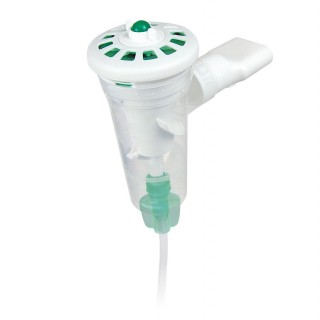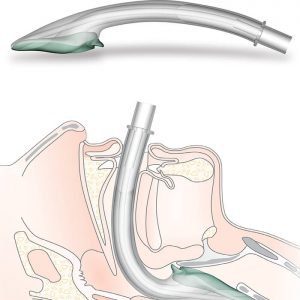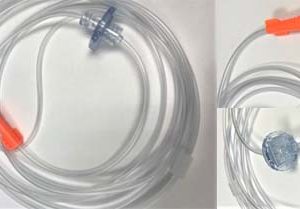AEROECLIPSE® II NEBULIZER
Breath Actuation accounts for breathing differences
Patients breathe with different tidal volumes and frequencies. The medication prescribed helps control their disease, but if their nebulizer is delivering aerosol continuously, up to two-thirds can be lost between breaths and during active exhalations, potentially leading to uncontrolled disease states or the need for additional therapy. Using breath actuation guarantees a consistent and reliable dose regardless of their breath rates and volumes.
The AEROECLIPSE® II Nebulizer produces a high-quality aerosol ONLY when the patient is inhaling. Reducing medication waste and the aerosol particulate that ends up in the room by 3-4 times than that of a continuously run nebulizer. This helps minimize exposure to environmental loss for front line healthcare professionals – which has the potential to reduce costs associated with staff acquisition of nosocomial influenza.*
*Am J Respir Crit Care Med 2014:189;A3035, CHEST 2014:146(4):519A, and TMI Data on file (600cc, 10BPM, 1:2, Albuterol Sulfate Inhalation Solution 833μg/mL). This study used the AEROECLIPSE® Nebulizer not the AEROECLIPSE® II Nebulizer which is currently on the market. The AEROECLIPSE® Nebulizer and AEROECLIPSE® II Nebulizer are equivalent in regards to in vitro performance. Schmidt J, Pevler J, Doyle C, Wiersema K, Nagel M, Mitchell J. Are first and second generation, mechanically-operated breath-actuated nebulizers (BAN) comparable based on in vitro performance? Respiratory Drug Delivery 2006:817-819. Images from Sangwan S, Hull F, Condos R and Smaldone GC. Predicting Lung Deposition with a Cascade Impactor. Journal of Aerosol Medicine 2001;14(3):421.




